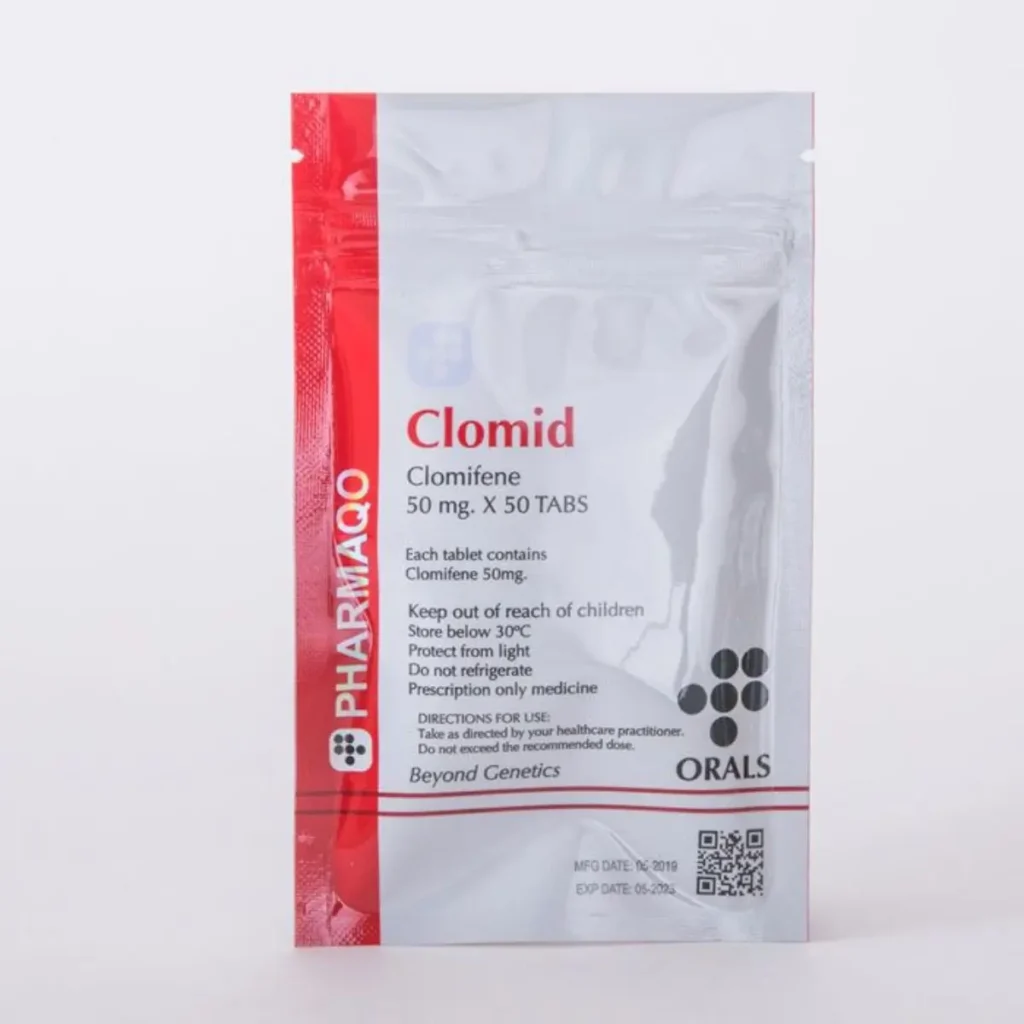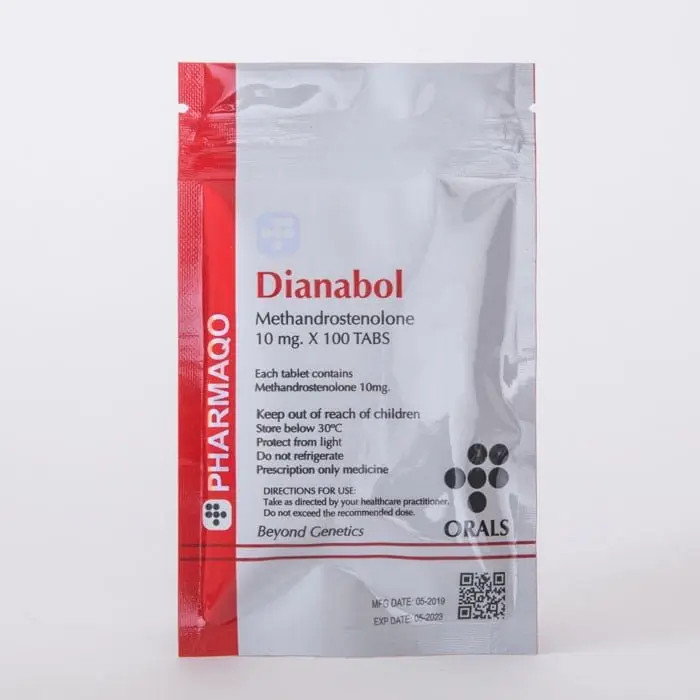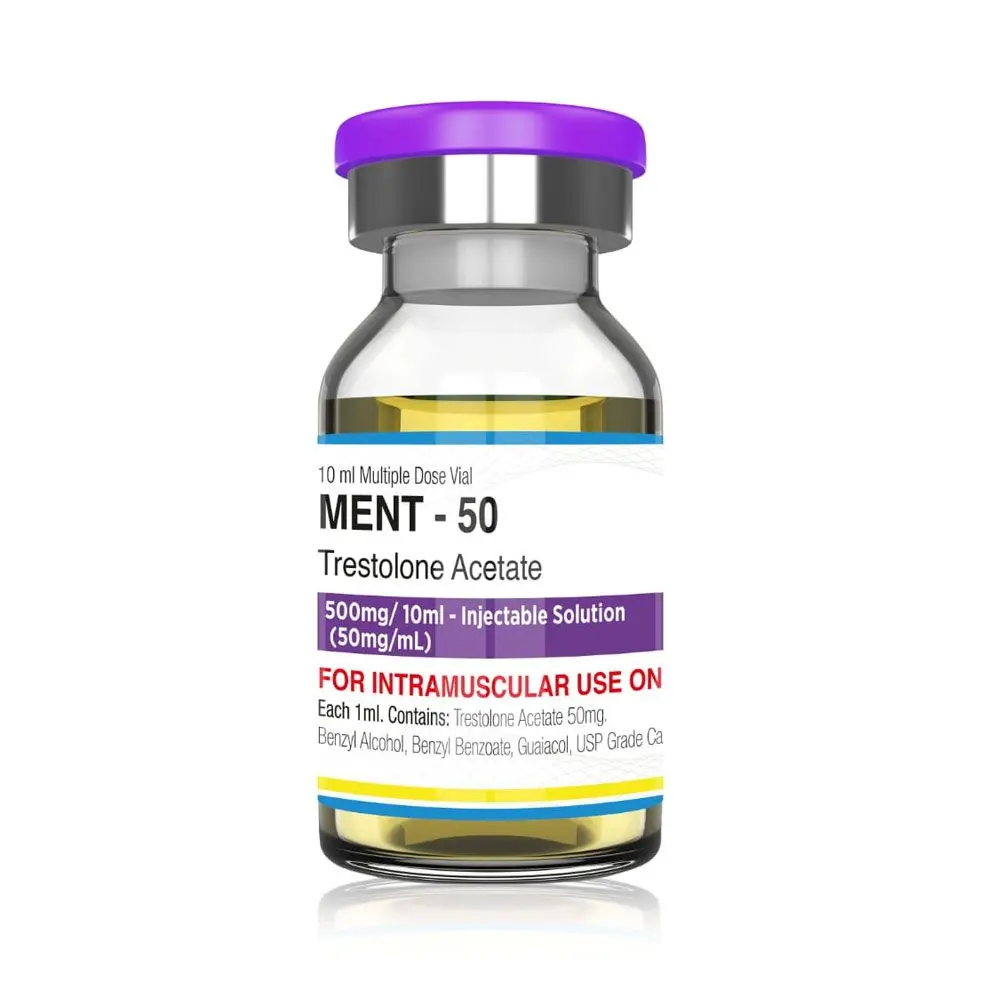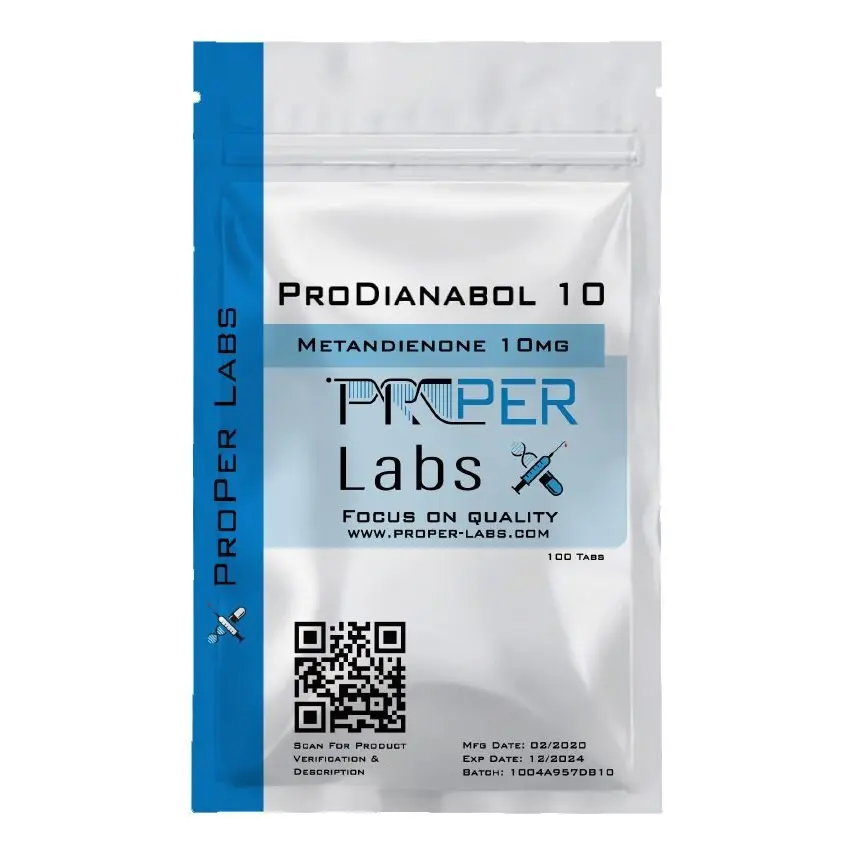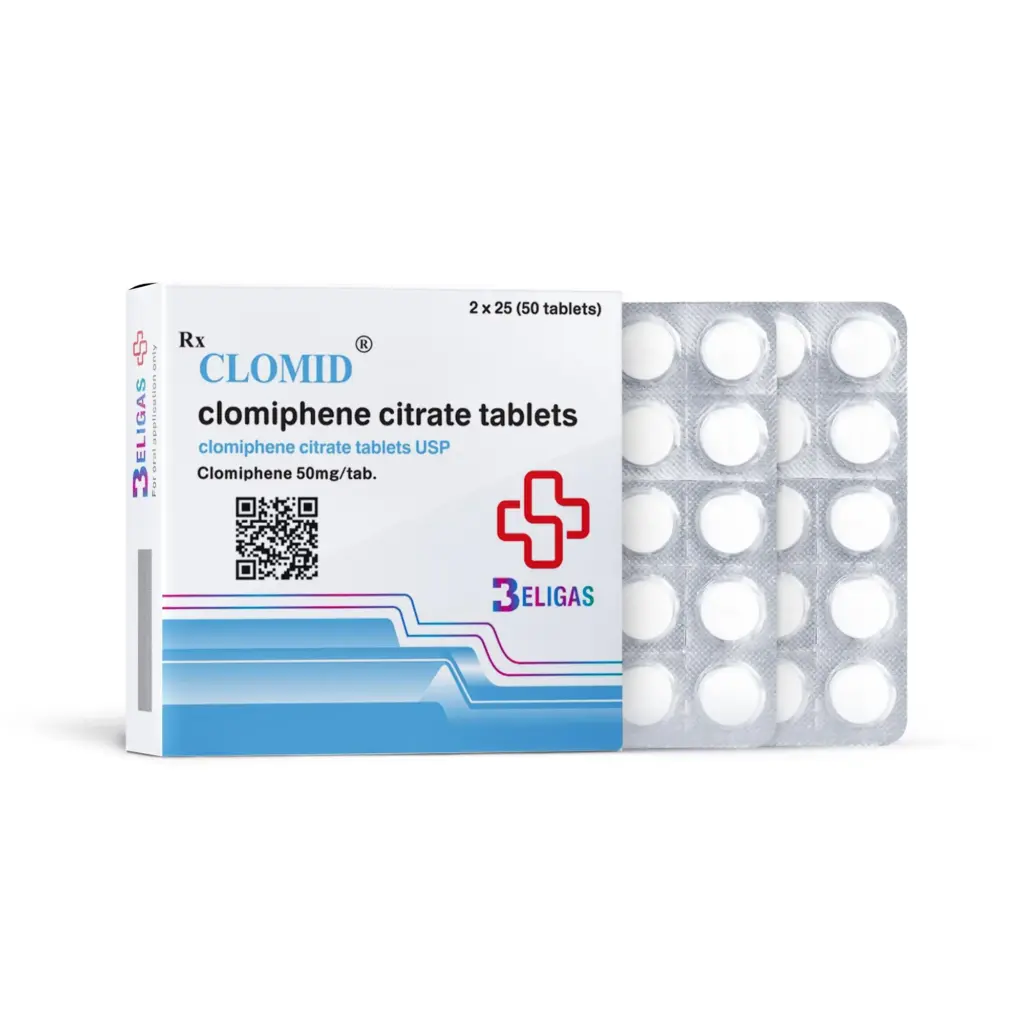Proper Labs – Clomid – 50mg/50tabs
| Pack |
50mg x 50 tabs |
|---|
| Brand |
Proper Labs |
|---|
(Worldwide Delivery Available)
EU Based Warehouse (5-14 Days Delivery)
Manufacturer: Proper Labs
Active substance: Clomiphene Citrate
Form: Tablets / Pills
Unit: 50 Pills / 50mg each
$41.90
Out of stock
Email when stock available

| For Beginners |
Yes |
|---|

| Rating |
★★★★☆ |
|---|

| Strength Gains |
☆☆☆☆☆ |
|---|

| Mass Gain |
☆☆☆☆☆ |
|---|

| For Women |
Yes |
|---|

| Side Effects Profile |
★★☆☆☆ |
|---|

| Weight Loss |
☆☆☆☆☆ |
|---|

| Intake |
Oral |
|---|
Why You Should Buy Proper Labs – Clomid – 50mg/50tabs at Steroiduck?
Buy Clomid 50 | Proper Labs Clomiphene Citrate
Clomid 50mg by Proper Labs is a top-tier selective estrogen receptor modulator (SERM) designed to help you achieve better hormonal balance and reproductive health. Buy now from Steroiduck and take a solid step toward reaching your health and wellness goals with Proper Labs’ reliable Clomid 50mg.
Product Specification
Clomid (Clomiphene) 50mg is a selective estrogen receptor modulator (SERM) made to support balanced hormones. It’s often used in post-cycle therapy (PCT) and for fertility assistance.
The active ingredient, Clomiphene Citrate, helps block estrogen receptors, which can stimulate natural testosterone production in men recovering after steroid cycles. By keeping estrogen levels in check, Clomid helps protect muscle gains and reduces the chance of side effects like water retention.
In fertility treatments, Clomid’s Clomiphene Citrate content stimulates ovulation, supporting women looking to regulate cycles and improve the chances of conception.
Each 50mg tablet is created to provide consistent results, offering reliable hormone support for both post-cycle recovery and reproductive health. Clomid is widely respected for its versatility and effectiveness in promoting overall balance and wellness.
Clomid (Clomiphene) Benefits
Stimulates Ovulation: Clomiphene Citrate effectively induces ovulation in women with fertility issues, increasing the chances of conception.
Restores Testosterone Levels: In men, Clomid 50mg helps restore natural testosterone production, which is crucial for muscle growth, energy levels, and overall vitality.
Hormonal Balance: Supports the regulation of estrogen levels, reducing the risk of estrogen-related side effects.
Versatile Use: Suitable for both men and women, making it a versatile solution for various hormonal imbalances.
Clinically Proven: Backed by scientific research and trusted by healthcare professionals for its efficacy and safety.
Clomid 50mg Dosage
For Men:
Standard Dosage: Take 50mg daily for 4-6 weeks to restore natural testosterone production, especially after a steroid cycle.
For Women:
Standard Dosage: Take 50mg daily for 5 days, starting on the fifth day of the menstrual cycle, to induce ovulation.
Clomid (Clomiphene) Side Effects
Common Side Effects: Hot flashes, bloating, and mild abdominal discomfort.
Less Common Side Effects: Visual disturbances, mood swings, and headaches.
If you experience any severe side effects, discontinue use immediately and seek medical advice.
Clomid (Clomiphene) Real Reviews
I was prescribed with Clomid 100mg the first cycle. I did not ovulate. Then I repeated the same dose the next cycle I ovulated but did not conceive. because I ovulated I did not need to increase my dosage so I was given again 100mg the third time ….I was four days late this time so i took an at home pregnancy test the results came back negative i waited five more days and took another test and the results were POSITIVE am so happy now am 6 weeks pregnant and am so happy – webmd.com
I use this drug because I have low-T and my last blood test confirmed that it has raised by levels back to the normal range. So I will continue to take it – webmd.com
Buy Clomid (Clomiphene) 50mg | Proper Labs Clomiphene Tablets with Steroiduck
Buying Clomid 50mg from Steroiduck means you’re selecting a product that is trusted by both athletes and individuals seeking fertility support. Proper Labs’ Clomid is lab-tested to deliver consistent, high-quality results, helping users regain hormonal balance in a dependable way.
For those coming off a steroid cycle, Clomid supports natural testosterone production, allowing for better maintenance of muscle gains and a smoother transition through recovery. For those using it in fertility treatment, Clomid helps stimulate ovulation, offering a reliable approach for those looking to regulate their cycles and support conception efforts.
Steroiduck not only delivers quality but makes the entire buying process hassle-free and private. With discreet packaging and reliable delivery across the USA, you can rest easy knowing your order arrives safely and securely.
Steroiduck’s focus on authentic, lab-tested products and excellent service gives you peace of mind, knowing that your Clomid order is reliable, effective, and comes from a trusted source.
Disclaimer
This product is intended for use by healthy adults over 18 years of age. Consult a healthcare provider before using this product, especially if you have any pre-existing medical conditions or are taking any medications. Discontinue use and seek medical attention if you experience any adverse reactions. Keep out of reach of children.
RELATED PRODUCTS
Clomiphene Citrate
D-bol / Methandrostenolone
Trestolone Acetate
Clomiphene 50mg





